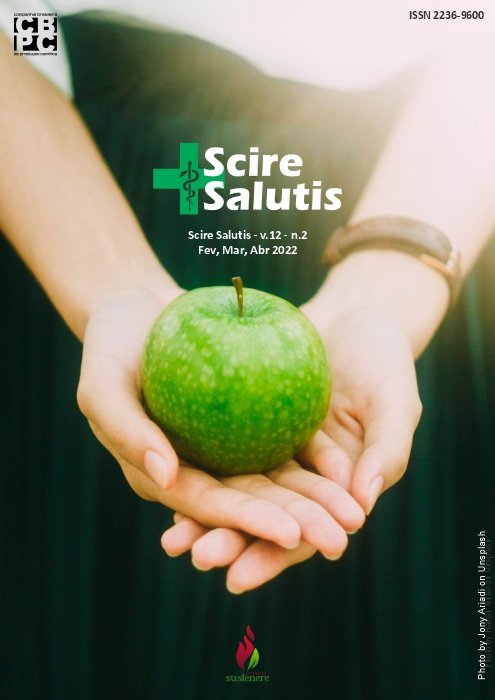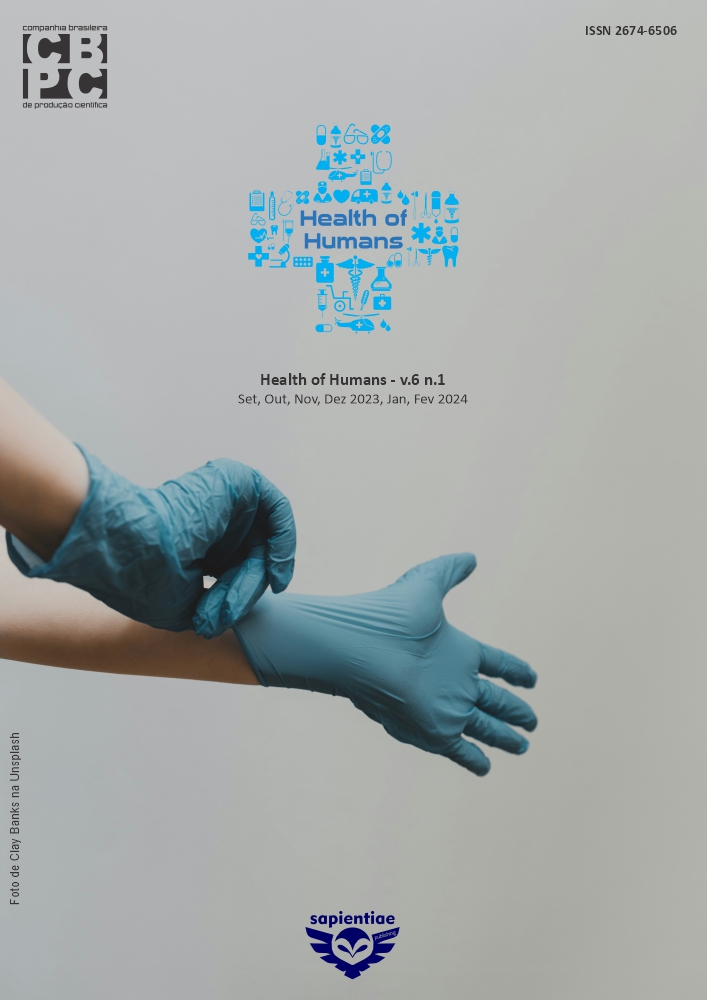Irrigant agents in enddontics: a narrative review
DOI:
https://doi.org/10.6008/CBPC2236-9600.2022.002.0034Keywords:
Endodontics, root canal preparation, endodontic irrigants, Sodium hypochloriteAbstract
Endodontic treatment is based on the diagnosis of irreversible inflammation in the pulp cavity, thus treating the tooth with vitality (biopulpectomy) to prevent the spread of microorganisms in the periapical tissues, thus preventing an infection. When irrigating liquids are used, it is essential that they have biocompatibility, antimicrobial and tissue solvent characteristics. In selecting the irrigant to be used, it is necessary for the dental surgeon to have a foundation about the microorganism that is causing the exposed infection and rigorous knowledge of the properties of chemical solutions. Therefore, this study aims to conduct a literature review on the use of irrigating solutions during endodontic treatment. This is a narrative literature review, whose articles were searched in the following databases PubMed, LILACS, SciELO, BVS and Google Scholar. The inclusion criteria were studies published in the last 05 years (2016 to 2021), unpublished articles in Portuguese and English, available in full, and research with humans. Articles regarding duality, unavailability and non-compliance with the purposes of this study were excluded. The descriptors “Endodontics”, “Root canal preparation”, “Endodontic irrigants” and “Sodium hypochlorite” were used, all present in the Health Sciences Descriptors (DeCS). In all, 18 articles were selected after careful reading. To achieve a safe result, irrigators need to keep in contact with the entire canal wall. Sodium hypochlorite has a great capacity for dissolving organic tissue, while chlorhexidine prevents the growth of bacteria frequent in endodontic infections. EDTA has the ability to remove inorganic debris and both citric acid and MTAD have excellent antimicrobial properties, the latter being effective in removing the smear layer. QMIX has excellent efficacy against the Enterococcus faecalis microorganism, in addition to having action against biofilm and smear layer removal. The complete irrigation phase of the root canal system is able to remove tissue fragments and pulp particles. The ideal irrigation solution must have a set of positive characteristics and a minimum of negative characteristics, however, there is no solution that only it can meet all these requirements. Thus, sodium hypochlorite remains the irrigant of choice among medical professionals and dentists.
Downloads
Downloads
Published
Issue
Section
License
Copyright (c) 2022 Scire Salutis

This work is licensed under a Creative Commons Attribution-NonCommercial-NoDerivatives 4.0 International License.
The CBPC - Companhia Brasileira de Produção Científica (Brazil CNPJ: 11.221.422/0001-03) the material rights of the published works. The rights relate to the publication of the work anywhere in the world, including rights to renewals, expansions and dissemination of the contribution, as well as other subsidiary rights. All electronically published works may subsequently be published in printed collections under the coordination of this company and / or its partners. The authors preserve the copyright, but are not allowed to publish the contribution in another medium, printed or digital, in Portuguese or in translation.








